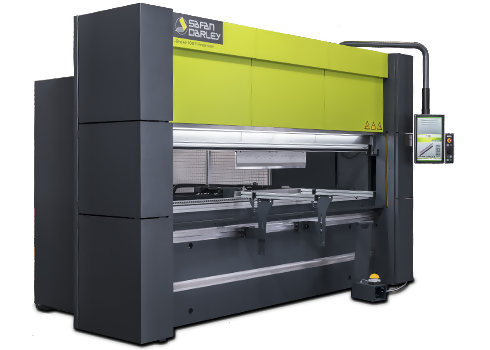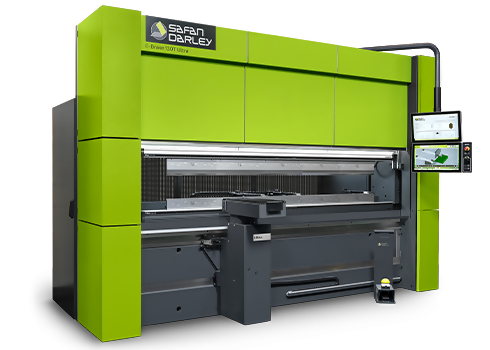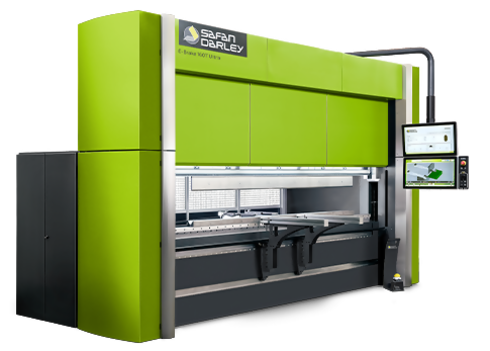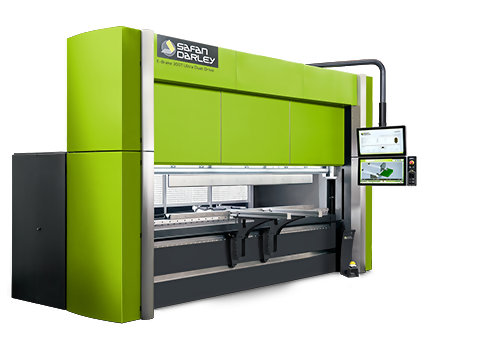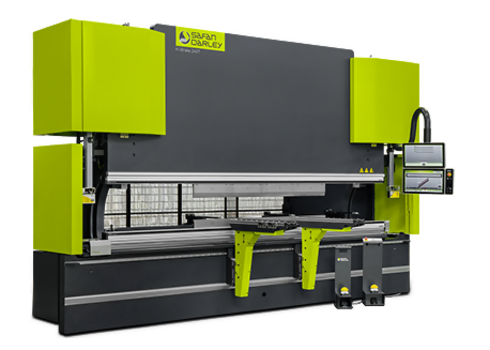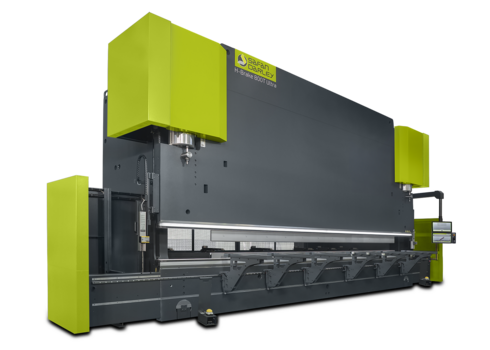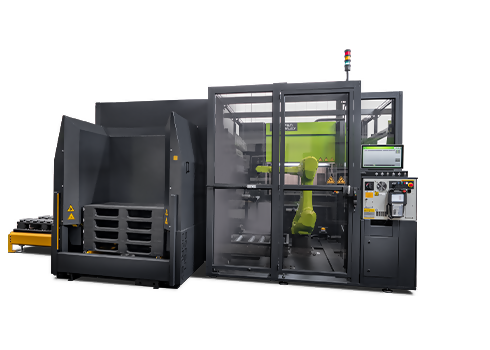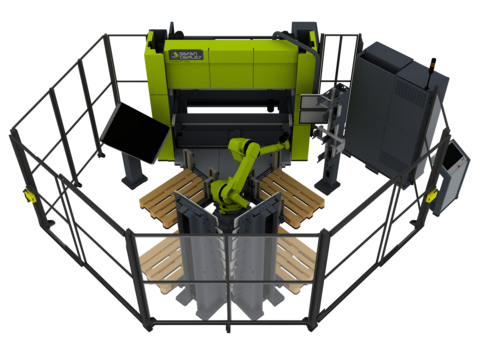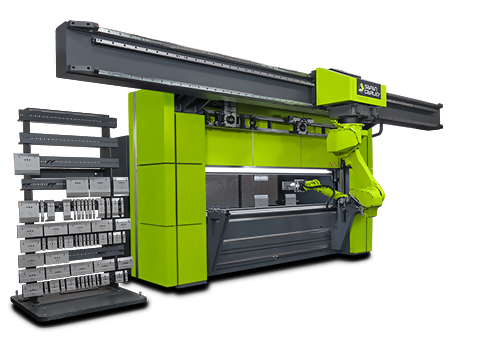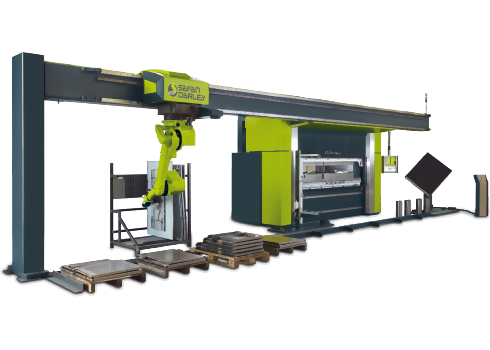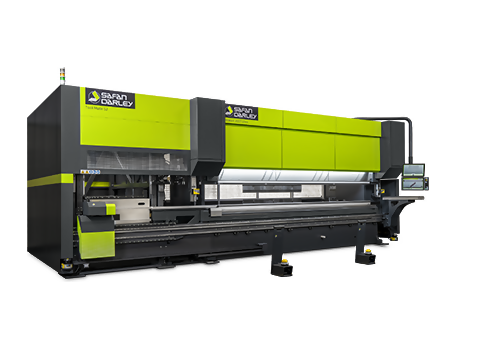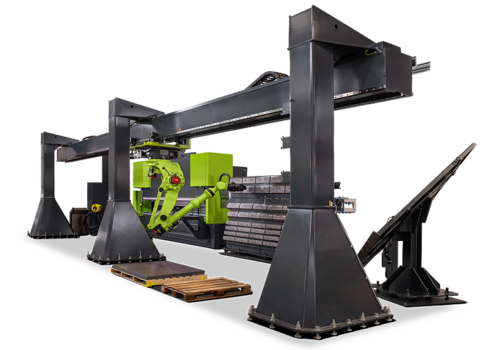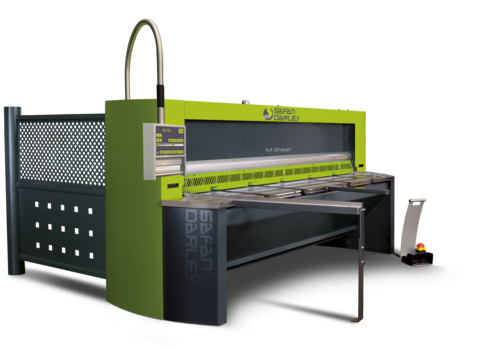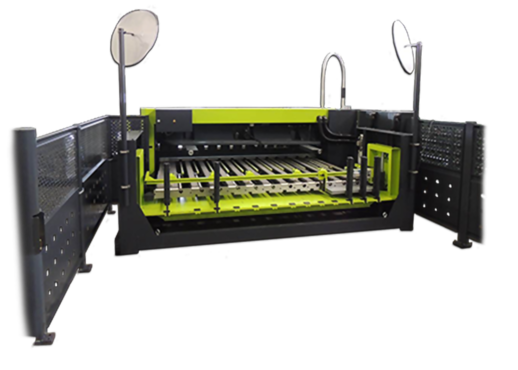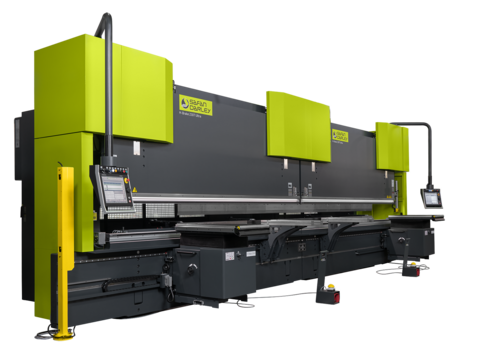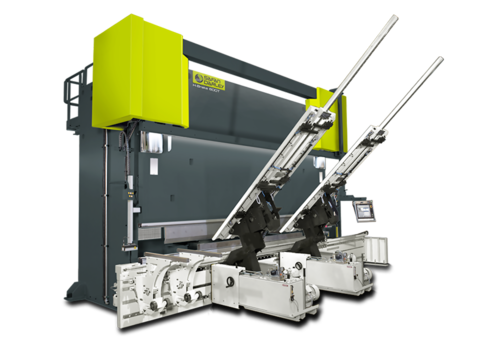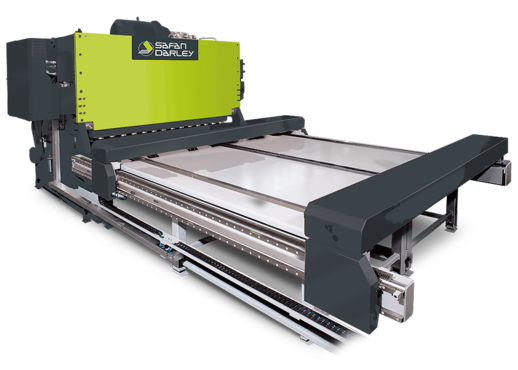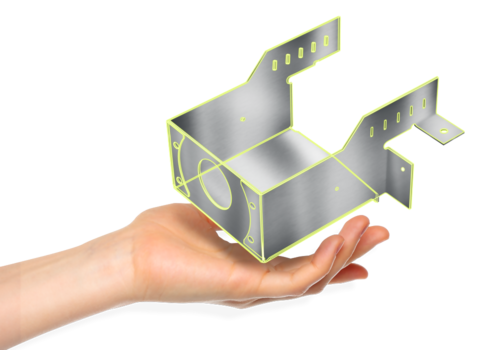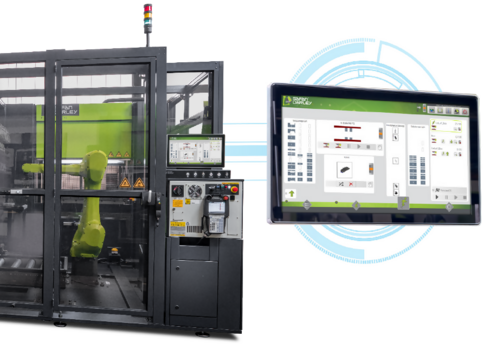
3 Critical Preparations Before You Automate: People
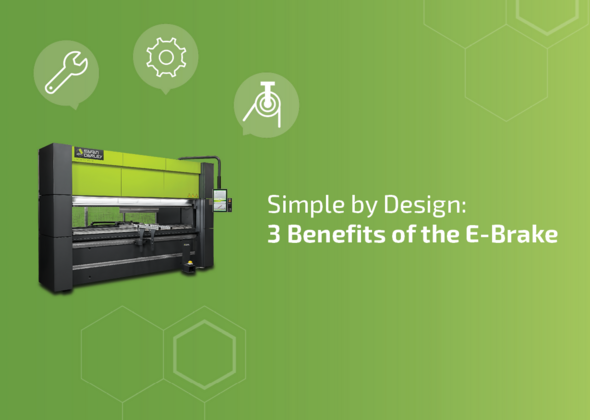
Simple by Design:
3 Benefits of the E-Brake
The design of SafanDarley’s E-Brake line of press brakes is both simple and durable. The design puts our customers in a better position than every other press brake OEM out there.
Why? Because there’s simply less that can go wrong. And if something does need to be fixed, parts are generally easy to get. The ongoing supply chain challenges are affecting every industry and every company to some degree, and SafanDarley has felt some of the impacts. That said, we are in better shape than most organizations, and our E-Brake’s design lends itself to keeping our customers in production.
Here are three ways our E-Brake line keeps our customers up and running.
1. Simple, Proven Design
Our E-Brakes are operated by a simple but powerful pulley system — and that’s it. Unlike hydraulic brakes, E-Brakes have no valves, pumps, hoses, or switches to fail. By some counts, E-Brakes have one-third the number of parts as their hydraulic counterparts. This simple design yields big benefits for our customers.
For starters, there are fewer parts to break — and, therefore, fewer parts that need to be stocked and replaced. Beyond the overall design, E-Brakes rely on very few proprietary parts that have to be ordered from SafanDarley. Many of our parts are readily available from local suppliers, wherever your operation is located.
Unnecessary complexity is a liability in today’s economy, and you will not find a more simple or efficient press brake than the E-Brake.
2. Redundancy in Parts
Press brake OEMs don’t always do a great job of thinking through the longer-term ramifications of the parts they select for their machines. For example, some OEMs might use four different drives and motors based on the tonnage of the press brake they are producing, which then requires their customers to stock different parts for their different size machines. We have been deliberate about making parts choices that make sense for customers — retaining the same parts for groups of press sizes to minimize the number of potential part types our customers are exposed to.
Because the machine design is simple and so well-conceived, our customers need to stock fewer parts.
3. Less Maintenance
If you’ve spent any amount of time working in a sheet metal fabrication shop, you know that everything breaks — or at least needs to be maintained to avoid breaking. And as the work horses of every fabrication shop, it’s important that press brakes are well maintained to avoid unnecessary shutdowns.
E-Brakes are incredibly easy to maintain because there are no tanks, filters, seals, valves, pumps, oil, or fluids that need to be checked and replaced or topped off.
Typical preventative maintenance includes cleaning off the spring packs, lubricating the appropriate points, checking the air conditioner filter and cleaning it if needed, cleaning the guides, and checking the file management on the machine.
Increased Durability Without Compromising Performance
If you want to minimize your part-stocking requirements and minimize your exposure to the global supply chain challenges without sacrificing quality or power, SafanDarley is your best bet. Our E-Brake line can generate forces of 39 to 330 tons and work with raw materials from 1,250 to 4,100 mm (about 49 to 161 inches) long.
As E-Brakes are also among the safest and most energy efficient press brakes on the market, they further insulate your business and employees from risk due to injuries and rising energy costs.
Read more
blogs
Innovations such as graphic user interface (GUI) software have made running SafanDarley’s automated fabrication systems easier than ever before. Fabricators no longer need engineers and programmers on staff to program and run the equipment, but there’s still a learning curve.
It’s critical that fabricators have a detailed parts list to review before locking down any agreements with equipment OEMs. This seems like an obvious step, but there are OEMs out there that don’t provide a parts list unless the customer specifically requests one. If you don’t know to ask, it’s easily overlooked among the many other questions you’ll have on your mind.
